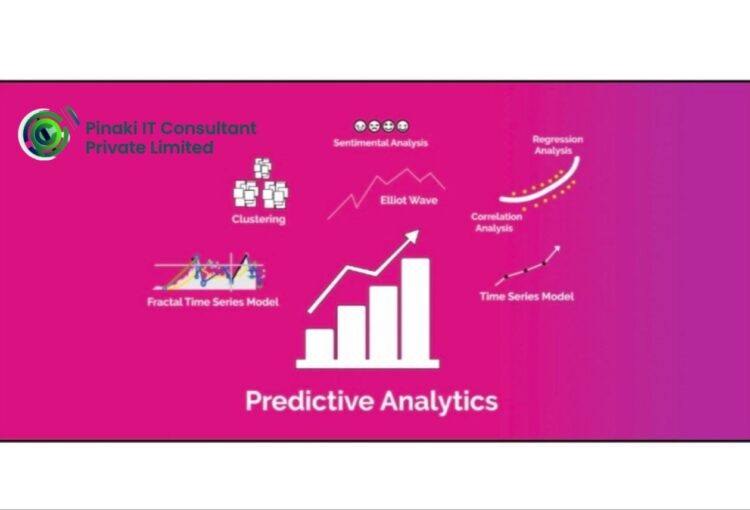
What is Big Data? How We Can Convert Big Data to Predictive Data? How Predictive Data is Useful for Different Businesses? And How AI Will Help in This?
1. Introduction to Big Data 1.1 Definition of Big Data Big Data refers to massive volumes of data—structured, semi-structured, and














